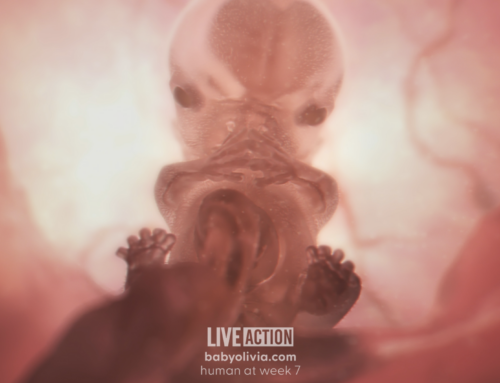I have two questions about the UNICEF articles. (1) What, if any, is Maggie Black’s connection with UNICEF? (2) What was Canada’s position, internationally, on population control in the early 1970s? H.F., Toronto, Ont.
(1) Maggie Black is well-known to long-time readers of the UNICEF NEWS both as its editor and a writer.
(2) Canada’s stand on population control was made plain in August 1974, at the United Nations World Population conference in Bucharest. Along with other nations, Canadian-UN representatives met to discuss—and approve –a Draft World Population Plan of Action which allowed for abortion as a method of birth control, sterilization, the promotion of contraception and what Professor Charles E. Rice called “an open-ended licence on the United Nations and participating nations to influence and implicitly control human behaviour in every phase and as-pect can be related to improvement of ‘the quality of life.’’’
Canada supported this Malthusian Plan of Action along with the USA, the United Kingdom and the Scandinavian countries.
However, there were many representatives of Third World countries who rejected the ideology of the Plan of Action, and, together with The Vatican, Eastern Europe and USSR, Australia, Argentina, Brazil and Israel managed to moderate some of the provisions. One Algerian representative said: “Let Bucharest mark the end of the International Planned Parenthood Federation generation.”
Unlike the Algerians, Canada strongly supported Planned Parenthood’s aims and methods at the Bucharest Conference. How many Canadians knew that?
Could you explain, for those of us who have never studied biology, what exactly happens when an ovum is fertilized? F.H., Vancouver, B.C.
Fertilization, occurs in humans when a woman’s ovum and a man’s sperm unite to form a new human life. At fertilization the sperm penetrates the outer coat, or envelope, (called the zona pellucida) of the ovum to form a new one-celled organism. Within this new organism there are two centres called pronuclei: one centre contains 23 chromosomes which form the genetic inheritance from the mother; the other centre contains the 23 chromosomes which are the genetic inheritance of from the father. These two centres then join or “marry” one another to form a single cell with just one centre in which 46 maternal and paternal chromosomes have united to form 23 pairs. All this takes about a day to complete.
Professor Jerome Lejeune has testified in court, “Life has a very long history, but each of us has a unique beginning at conception [when] … fertilization produces one human being which has never occurred before, will never occur again.”
What is meant by a “persistent vegetative state?” Is this the same as brain dead? P.R. Brandon, Man.
A patient in a persistent vegetative state (PVS) is not “brain dead.” The control of respiration is in the brain stem and when the brain-stem function remain, even though the major components of cerebral function are irreversibly destroyed, the patient is not “brain dead.” Such patients may exhibit sleep-wake cycles, yawning, involuntary movement, and independent respiration. PVS patients should not be confused with those who have suffered whole brain death; nor are they “terminally ill.”
Are heart transplants morally justified? Name withheld, Newfoundland
I am indebted to Dr. Eugene F. Diamond, (Professor of Pediatrics, Stitch School of Medicine, Loyola University) for information in an article “Determination of Death.” He quotes the theological principles governing transplantation of the human heart laid out by Fr. J. Lynch in “Human-Heart Transplantation: Theological Observations.”
“(i) Such transplantation must be a necessary measure of last resort.
(ii) Transplantation must offer reasonable hope of substantial benefit to the recipient.
(iii) The procedure must be carried out by an operating team medically and surgically competent to carry it out.
(iv) Informed consent must be obtained both from the recipient and the donor (or net of kin authorized under the Uniform Anatomical Gifts Act [in the USA])
(v) The heart is not to be removed until there is moral certitude that medical death has occurred.”
Father Lynch, as a theologian, left it to the medical profession to set the standards for the determination of death.




